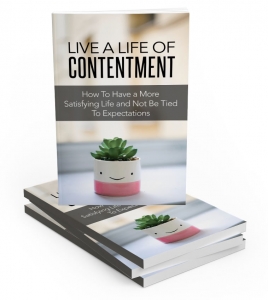Google updated the Recipe Schema.org structured data documentation to reflect more precise guidance on what the image structured data property affects and where to find additional information about ranking recipe images in the regular organic search results.
Schema.org Structured Data And Rich Results
The SEO and publisher community refers to the text results as the organic search results or the ten blue links. Google refers to them as the text results.
Structured data helps a site’s content become eligible to rank in Google’s rich results but it generally doesn’t help content rank better in the text results.
That’s the concept underlying Google’s update to the Recipe structured data guidance with the addition of two sentences:
“Specifying the image property in Recipe markup has no impact on the image chosen for a text result image. To optimize for a text result image, follow the image SEO best practices.”
Recipe structured data influences the images shown in the Recipe Rich Results. The structured data does not influence the image rankings in the regular text results (aka the organic search results).
Ranking Images In Text Results
Google offers documentation for image best practices which specify normal HTML like the <img> and <picture> elements. Google also recommends using an image sitemap, a sitemap that’s specifically for images.
Something to pay particular attention to is to not use images that have blurry qualities to them. Always use sharp images to give your images the best chance for showing up in the search results.
I know that some images may contain slight purposeful blurring for optimization purposes (blurring decreases image size) and to enhance the perspective of foreground and background. But Google recommends using sharp images and to avoid blurring in images. Google doesn’t say it’s an image ranking factor, but it does make that recommendation.
Here’s what Google’s image optimization guidance recommends:
“High-quality photos appeal to users more than blurry, unclear images. Also, sharp images are more appealing to users in the result thumbnail and can increase the likelihood of getting traffic from users.”
In my opinion I think it’s best to avoid excessive use of blurring. I only have my own anecdotal experience with purposely blurred images not showing up in the search results. So, to me it’s interesting to see my experience confirmed that Google treats blurred images as a negative quality and sharp images as a positive quality.
Read Google’s updated Recipe structured data documentation about images here:
https://developers.google.com/search/docs/appearance/structured-data/recipe#image
Read more about images in Google’s text results here.
Read about blurry and sharp images here:
https://developers.google.com/search/docs/appearance/google-images#good-quality-photos%20optimize-for-speed
Featured Image by Shutterstock/Dean Drobot
 We all want to be satisfied, even though we know some people who will never be that way, and others who see satisfaction as a foreign emotion that they can’t hope to ever feel.
We all want to be satisfied, even though we know some people who will never be that way, and others who see satisfaction as a foreign emotion that they can’t hope to ever feel.
Newspaper Ads Canyon Crest CA
Click To See Full Page Ads
Click To See Half Page Ads
Click To See Quarter Page Ads
Click To See Business Card Size Ads
If you have questions before you order, give me a call @ 951-235-3518 or email @ canyoncrestnewspaper@gmail.com
Like us on Facebook Here
OpenAI ChatGPT Agent Marks A Turning Point For Businesses And SEO
OpenAI’s ChatGPT agent marks a change in how users interact with web pages and complete...
Daily Search Forum Recap: July 17, 2025
Barry Schwartz is the CEO of RustyBrick and a technologist, a New York Web service firm...











0 Comments